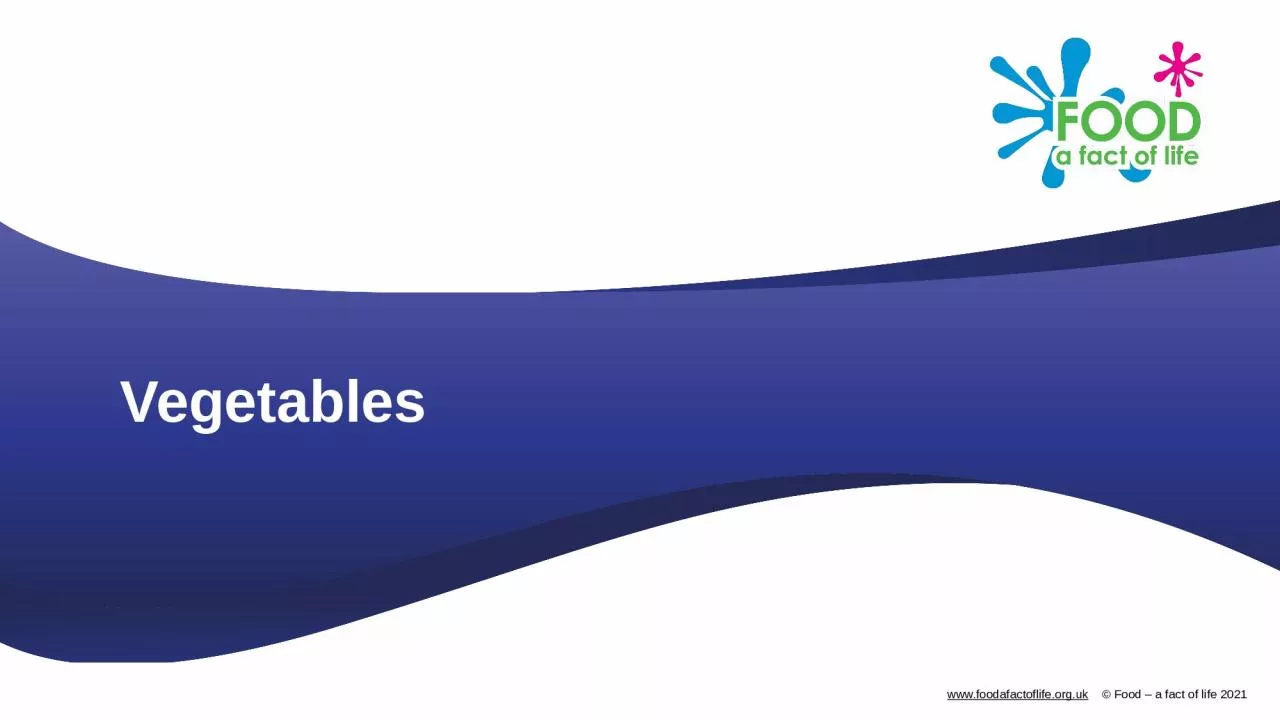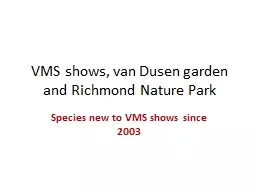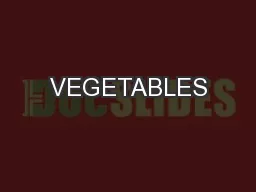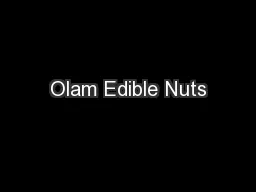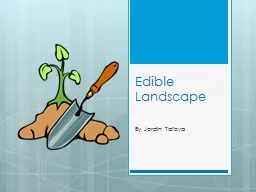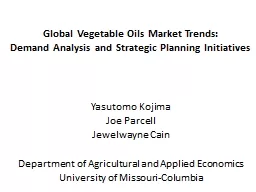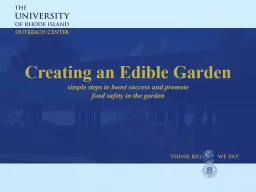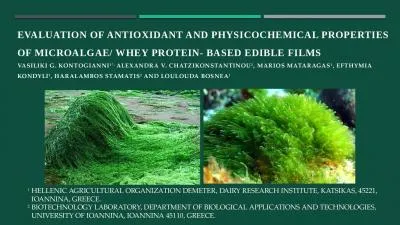PPT-Vegetables Vegetables Vegetables are the edible part of a plant.
Author : AngelEyes | Published Date : 2022-08-02
They are often grouped according to the part of the plant that is eaten bulbs flowers fruit leaves roots seeds stem stalk Peppers are the edible fruit of a plant
Presentation Embed Code
Download Presentation
Download Presentation The PPT/PDF document "Vegetables Vegetables Vegetables are the..." is the property of its rightful owner. Permission is granted to download and print the materials on this website for personal, non-commercial use only, and to display it on your personal computer provided you do not modify the materials and that you retain all copyright notices contained in the materials. By downloading content from our website, you accept the terms of this agreement.
Vegetables Vegetables Vegetables are the edible part of a plant.: Transcript
Download Rules Of Document
"Vegetables Vegetables Vegetables are the edible part of a plant."The content belongs to its owner. You may download and print it for personal use, without modification, and keep all copyright notices. By downloading, you agree to these terms.
Related Documents

